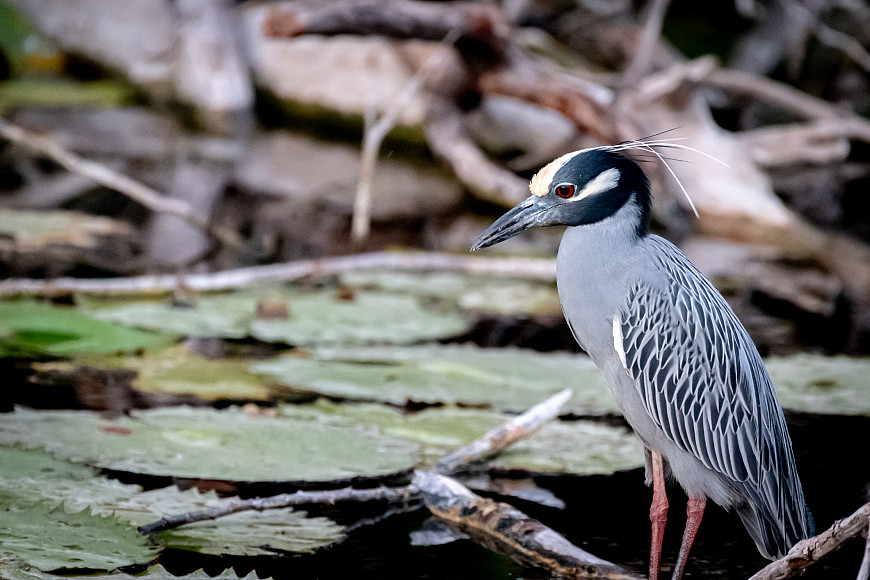Protecting Wetlands from Animal Agriculture
Clinical Professor Erica Lyman shares a new report that provides a valuable tool to protect wetlands from animal agriculture through the Ramsar Convention.

Animal agriculture is a devastating force. Its contribution to global greenhouse gas emissions accounts for at least 14.5% of all global greenhouse gas emissions. It is a leading driver of deforestation and biodiversity loss and constitutes nearly 30% of our global freshwater footprint.
More specifically, industrial animal agriculture is driving destructive impacts to a critical ecosystem—our wetlands. Wetlands are extraordinarily productive ecosystems and vital to life on earth. In addition to providing a source of freshwater for humans, they are home to a great diversity of wildlife and provide ecosystem services that sustain the health of the environment.
The Convention on Wetlands of International Importance Especially as Waterfowl Habitat, known as the Ramsar Convention, is the primary international instrument for the conservation of wetland ecosystems and allows countries to designate certain wetlands as areas of “international importance.” More than half of these 2,000+ designated wetlands are reported to be negatively affected by agricultural activities.
Wetlands suffer threats on multiple fronts from industrial animal agriculture. Untreated animal waste leaks into wetland ecosystems and water resources leading to overnutrification and, in some instances, impacting human drinking water. Agrochemical pollution, including synthetic pesticides and fertilizers from crops grown to feed livestock, contaminate wetland ecosystems posing risks to human and ecosystem health.
Identification of these deleterious impacts and of the ways in which the Ramsar Convention can drive policy solutions for degraded wetlands was the impetus for the production of a new report, The Ramsar Convention and Animal Agriculture: An Introductory Guide to the Issues and Opportunities. The report is a collaboration between the Global Law Alliance for Animals and the Environment at Lewis & Clark Law School and Mercy For Animals, and includes the work of several clinic students.
We hope that this report will serve as a resource for environment and animal advocates around the world as they pursue novel policy avenues to end the environmental destruction caused by industrial animal agriculture. We were delighted to launch this report with Mercy for Animals via a webinar, which is now available on YouTube at this link.

The Center for Animal Law Studies (CALS) was founded in 2008 with a mission to educate the next generation of animal law advocates and advance animal protection through the law. With vision and bold risk-taking, CALS has since developed into a world-renowned animal law epicenter. CALS’ Alumni-in-Action from over 25 countries are making a difference for animals around the world. CALS is a self-funded Center within the law school operating under the Lewis & Clark College 501(c)(3) tax-exempt status, and is able to provide these educational opportunities through donations and grants.
More Center for Animal Law Studies Stories
Center for Animal Law Studies is located in Wood Hall on the Law Campus.
MSC: 51
email cals@lclark.edu
voice 503-768-6960
Center for Animal Law Studies
Lewis & Clark Law School
10101 S. Terwilliger Boulevard MSC 51
Portland OR 97219


